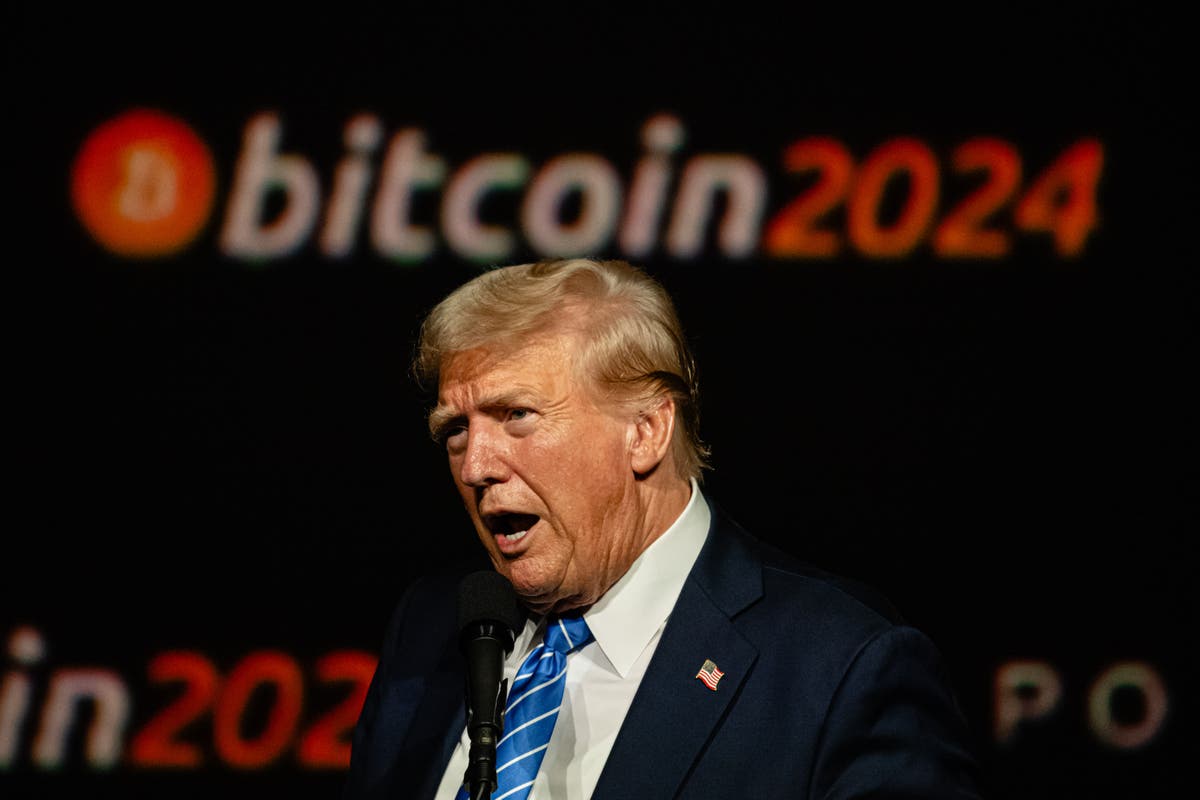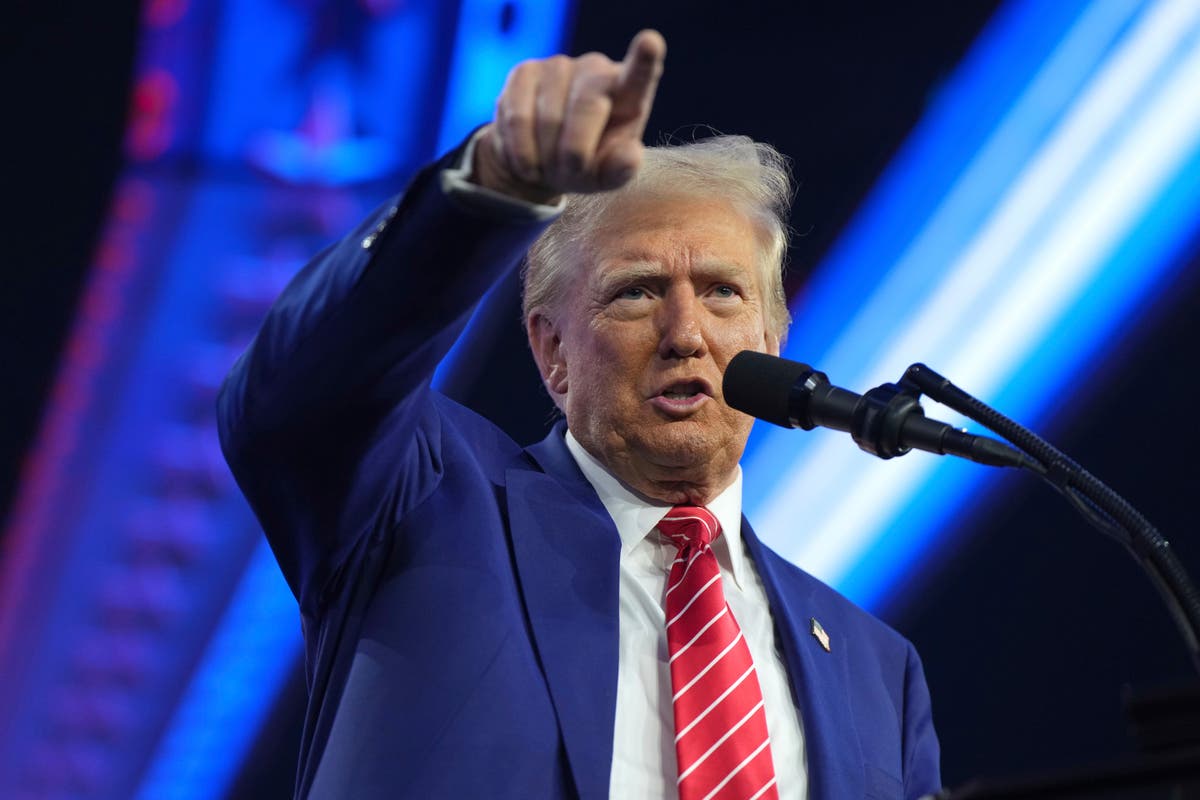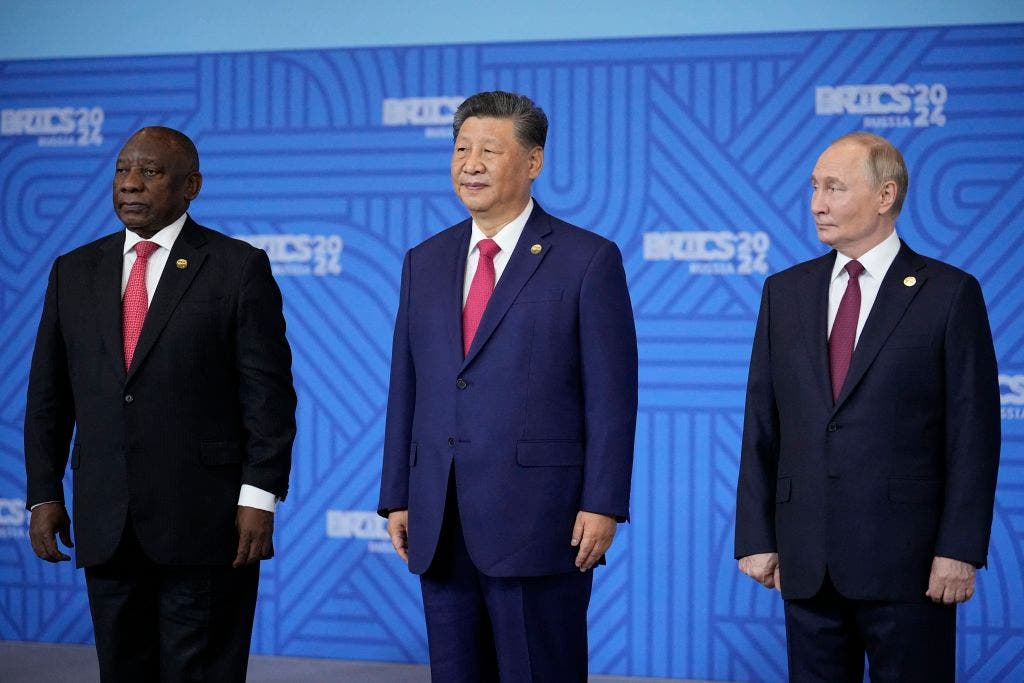World
Dow drops 1,000 points, Nasdaq craters 4% in global market rout: Live updates

U.S. stocks fell sharply on Monday as part of a global market sell-off centered around U.S. recession fears. Japan’s Nikkei 225 plunged 12% in its worst day since the 1987 Black Monday crash for Wall Street.
The Dow Jones Industrial Average dropped 1075 points, or 2.7%. The Nasdaq Composite lost 3.6%, and the S&P 500 slid 3.1%. The blue-chip Dow earlier fell as much as 1200 points.
Fears of a U.S. recession were the main culprit for the global market meltdown after Friday’s disappointing July jobs report. Investors are also concerned that the Federal Reserve is behind in cutting interest rates to bolster an economic slowdown, with the central bank choosing instead to keep rates at the highest in two decades last week.
Dow 5-day chart
Investors are continuing to sell off megacap tech stocks and the once-hot artificial intelligence trade. Tech shares were among the worst performers Monday:
Just 9 stocks in the S&P 500 were higher on the day.
In Asia overnight, Japan stocks confirmed a bear market as Asia-Pacific investors had their first chance to react to the sour jobs figures in the U.S. from Friday. The 12.4% loss on the Nikkei — which closed at 31,458.42 — was the worst day for the index since the “Black Monday” of 1987 hit Wall Street. The loss of 4,451.28 points on the index was also the largest in terms of points in its entire history. The Dow lost more than 22% in a single day on Black Monday.
Other global markets were also severely impacted:
- U.S. Treasury yields tumbled on the recession fears and as investors flooded into bonds for a global safe haven. Bond prices move inversely to yields. The benchmark 10-year note on Monday yielded 3.7%, its lowest level since June 2023.
- Bitcoin tumbled from nearly $62,000 Friday to around $52,000 on Monday.
- Europe’s Stoxx 600 was off by 2.4%.
- The CBOE Volatility Index was last trading at 46, after reaching as high as 53, its highest level since the early days of the pandemic in 2020.
There is also chatter about the unwind of yen “carry trade” adding fuel to the global market decline after the Bank of Japan raised interest rates last week, reducing the interest rate differential between Japan and the U.S. That has has contributed to the yen rising in value vs. the dollar, ending a practice of traders borrowing in the cheap currency to buy other global assets.
“The market was whistling past the graveyard. I think people were basically lulled into a sense of security, yet the market itself was very vulnerable to to a correction — and the weaker than expected economic and employment data provided that catalyst for correction,” said Sam Stovall, CFRA Research chief investment strategist. The S&P 500 is currently around 8% off from its recent high.
Chicago Fed President Austan Goolsbee, while avoiding commitment to a specific course of action, indicated that interest rates at their current level may be too “restrictive” on CNBC’s “Squawk Box” on Monday.
If economic conditions meaningfully deteriorate, the central bank will “fix it,” Goolsbee added.









